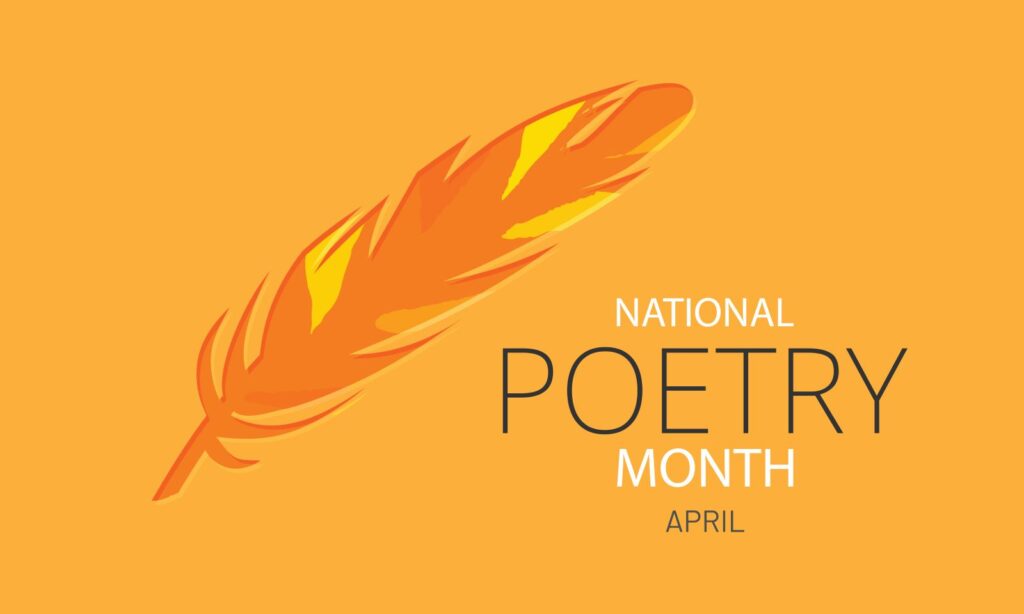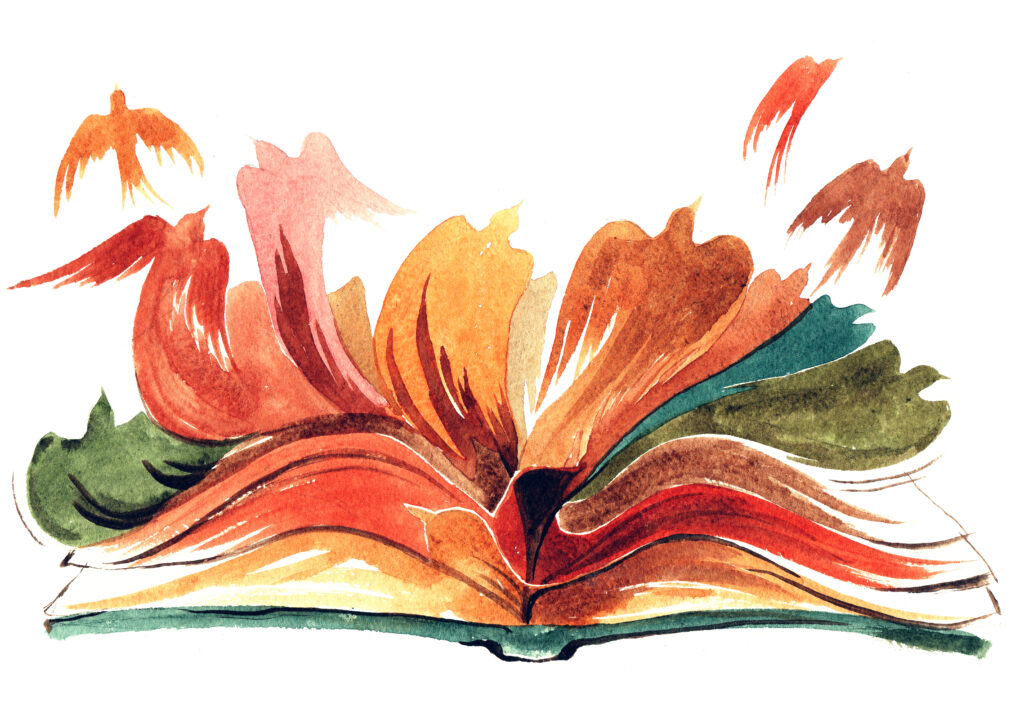National Poetry Month: Our Favorite Books of Poetry

New Jersey-based writer Amiri Baraka said, “Poetry is music, and nothing but music. Words with musical emphasis.” For this year’s National Poetry Month – also known as “April” – we’re examining a key commonality between poetry and music.
Nine Essential Poems

Poetry is doing things with language that exceed the scope of routine communication – it’s rather like painting with words. I occasionally engage in the process, and a handful of my efforts have appeared in poetry journals.



